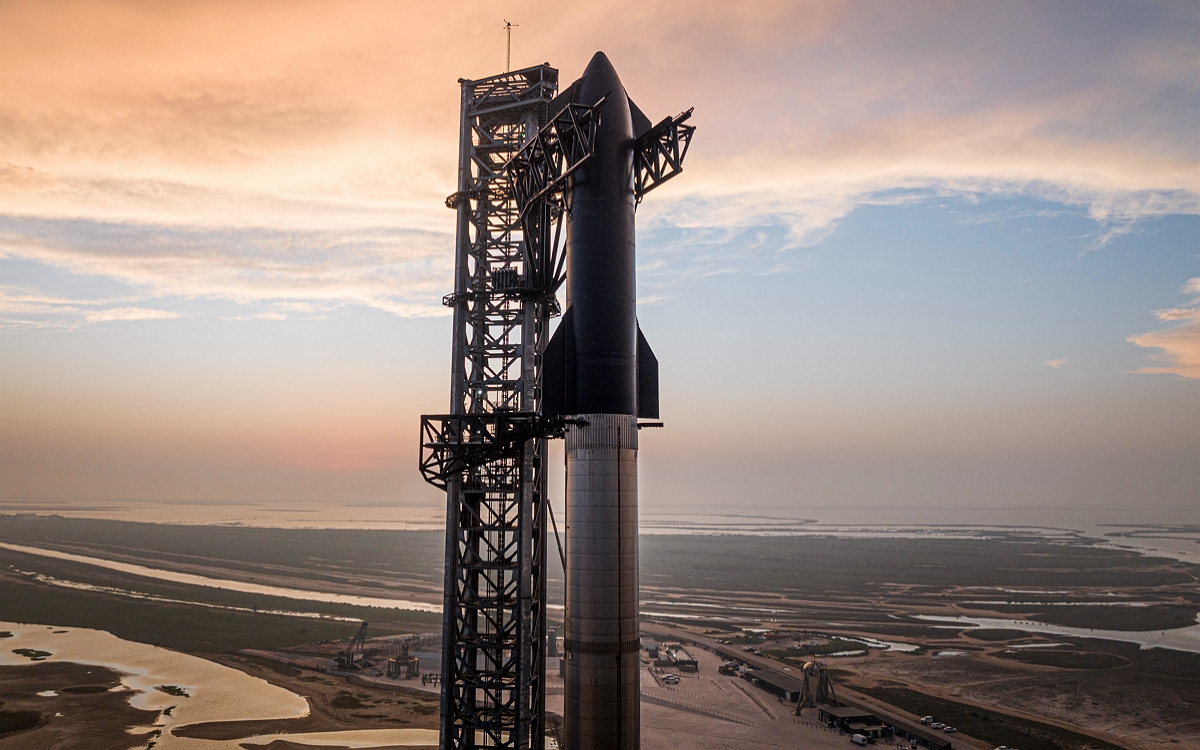
SpaceX is making great strides towards its second orbital test flight for Starship, as it successfully completed a major test with Booster 9, the first stage of Elon Musk’s giant rocket.
A few months ago, SpaceX launched Starship for the first time. The rocket was supposed to reach orbit, but eventually exploded en route. While waiting for a second launch, SpaceX is carrying out a series of tests on its new rocket, including on its booster 9, the first stage of Starship.
Yesterday, SpaceX conducted a test known as the “spin prime test”, which involves the pumps and turbines of the Super Heavy thruster. During this test, the rocket released very cold propellants from its engines without igniting them, which allowed SpaceX to verify the performance of several rocket engines.
Starship’s second launch is fast approaching
Despite the explosion of the first Starship, SpaceX learned from that experience, and this time the test went off without a hitch, paving the way for larger tests, such as a static shot, which is part of the last steps before a launch. The propellant evacuation took about twelve seconds, during which clouds of cold propellant erupted from the base of the rocket.
Now, SpaceX plans to add a hot staging ring to the top of the Super Heavy launcher. This improvement is essential to protect the propellant from the exhaust plume and the forces exerted by the second stage engines during stage separation.
It now remains to be seen when Starship might take off, Elon Musk has not yet shared a specific calendar. It is hoped that this new launch will not pose a risk to the environment, as may have been the case for the first. Elon Musk had however assured that no dangerous particle had been propagated in the air.
As a reminder, the Raptor engines are a significant improvement over the Merlin engines that power the Falcon 9 rockets in terms of thrust, fuel efficiency and cleanup capability. Raptor engines use methane, which allows for cleaner combustion and easier maintenance compared to the carbon buildup inside the engines caused by the kerosene used in Merlin engines.



